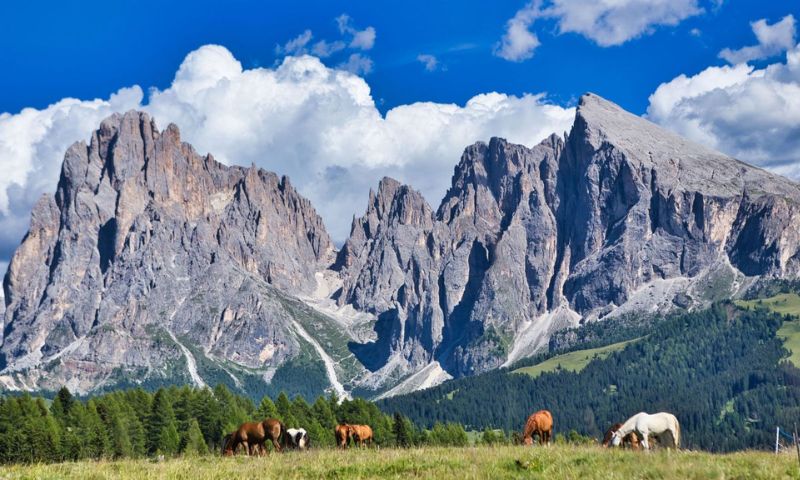TRENTO: Trentino-Alto Adige, a tourist attraction in northern Italy bordering Switzerland and Austria, has imposed restrictions on tourists and overnight guests, prohibiting new lodging openings as throngs of tourists reach Italy for a bustling summer season.
The autonomous region Alto Adige, popularly known as Bolzano in South Tyrol with medieval castles such as Schloss Tirol, Castel Roncolo and Castel d’Appiano, has capped the visitor numbers to the 2019 level to prevent over-tourism.
Visitors flock to the region to see spectacular craggy peaks that glow pink at sunset, dreamy glacial lakes, and cute Tyrolean towns, where they gorge on dumplings and drink local beer.
‘We had reached the limit’
Arnold Schuler, responsible for the province’s tourism, proposed the new restrictions saying that the sheer number of visitors jeopardised the area’s long-standing reputation. The region had 34 million overnight stays in 2022. He said it jumped greatly at particular periods of the year and in certain regions.
The restrictions, which go into effect in September 2022, prohibit anyone from starting a new hotel (including an Airbnb) or adding more rooms without obtaining approval from their local government.
As of 2019, the number of officially registered beds is about 230,000. Businesses now have until June 30 to declare to the authorities how many visitors they actually housed in 2019 – basically adding sofabeds to the tally previously not counted in official data. The final figure will be the limit, which will not be exceeded. Each business will have a defined number of rooms, as will each comune (local authority), which will be the total of all the businesses under its authority.
To assist small enterprises, an additional 7,000 additional “beds” will be assigned among local Alto Adige authorities to be distributed as they see fit to small businesses with a capacity of fewer than 40 guests. Another 1,000 “beds” have been set aside for extraordinary situations if someone wishes to operate a business in a community with deficient visitor numbers in the future.
According to Schuler, increasing tourists has also made life tough for residents struggling to find housing. The region has a population of over 532,000 people, with residents outnumbering visitor beds by roughly two to one – but this average is inflated by some localities that receive little tourism. “We have several areas where the number of tourist beds far outnumbers the number of residents,” Schuler explained.
Anyone looking to open a future hotel, B&B, or vacation rental would find it tough but not impossible. If a business closes, its “beds” allocation will be returned to the commune or local authority. They can then assign those places to a new opening or someone looking to expand their property.
“In this way, we ensure that the number of spots remains constant in the future,” Schuler explained.
























